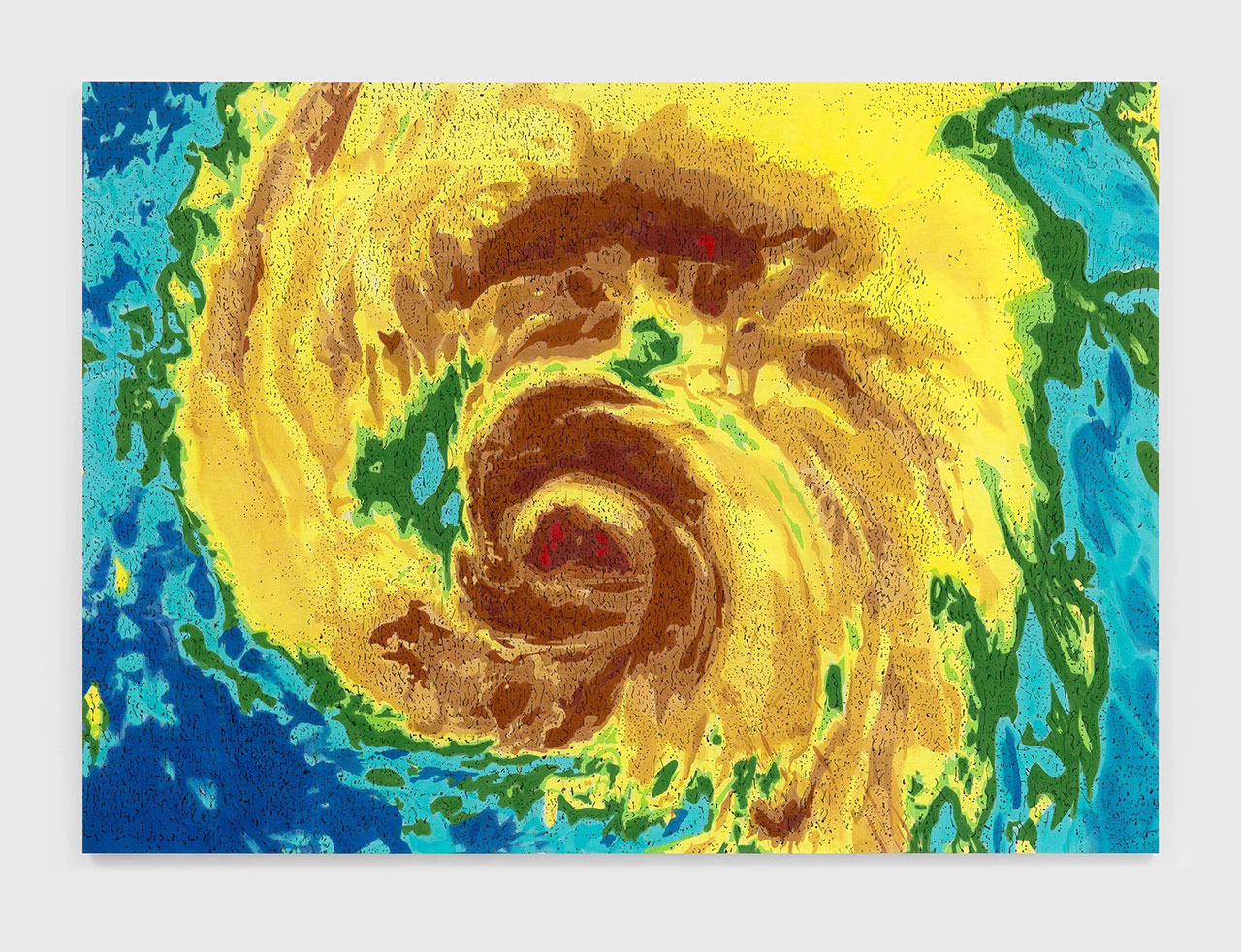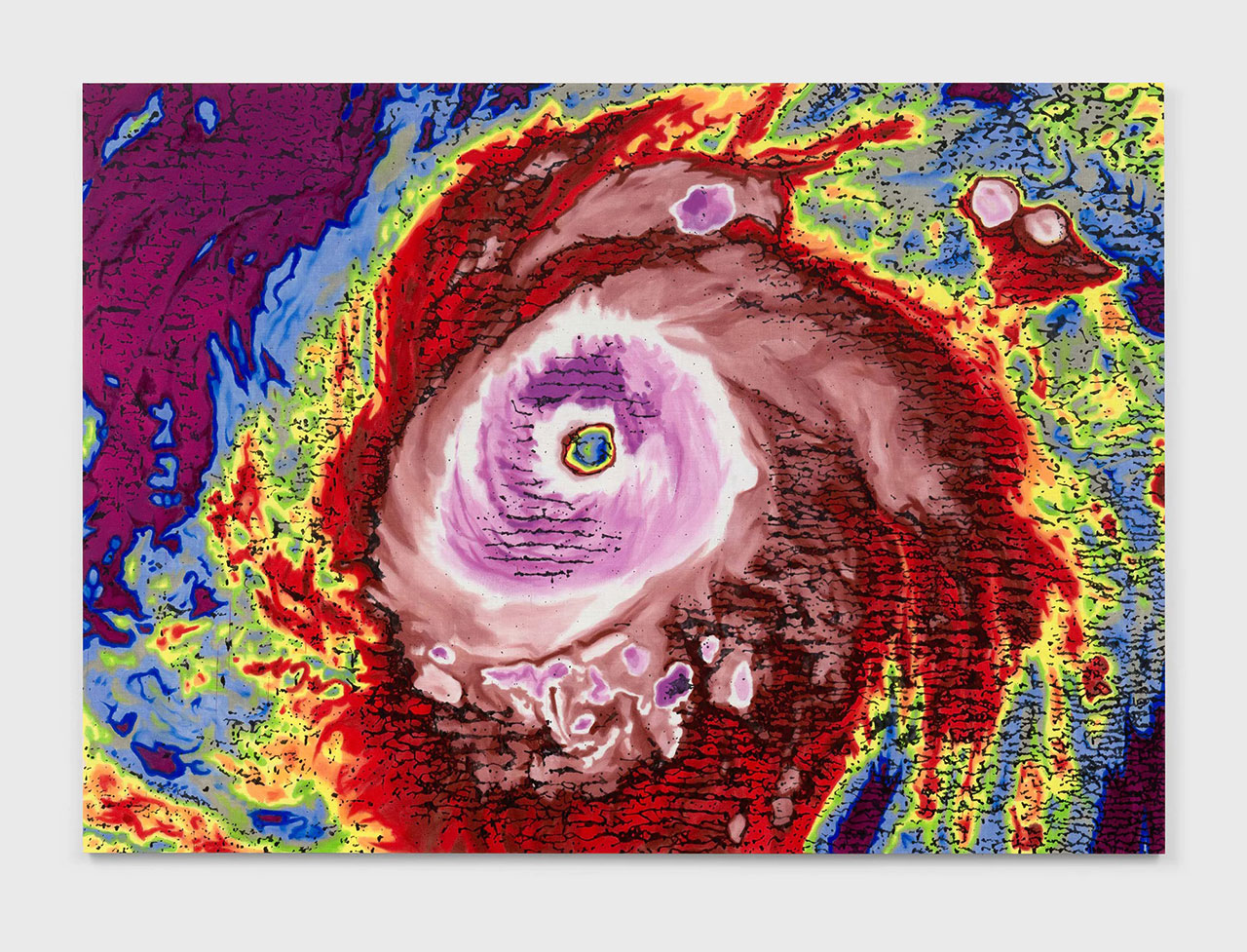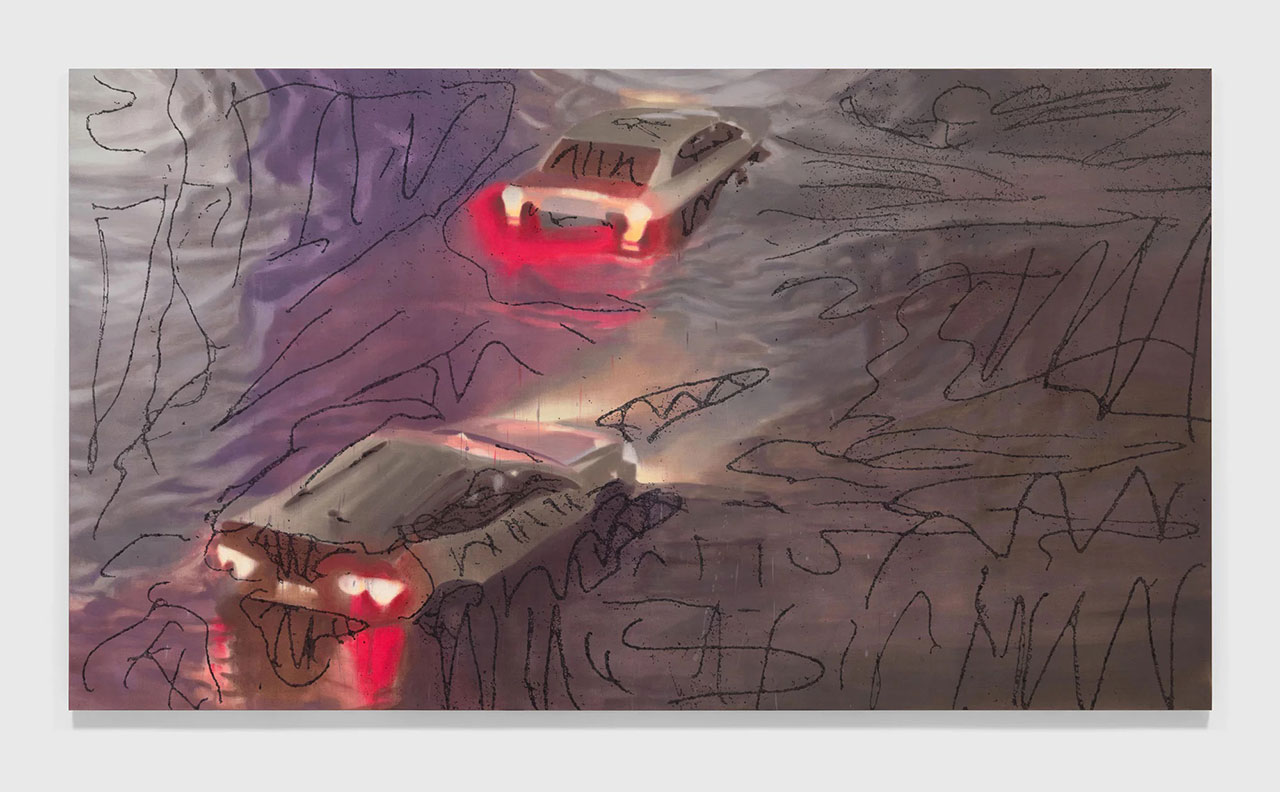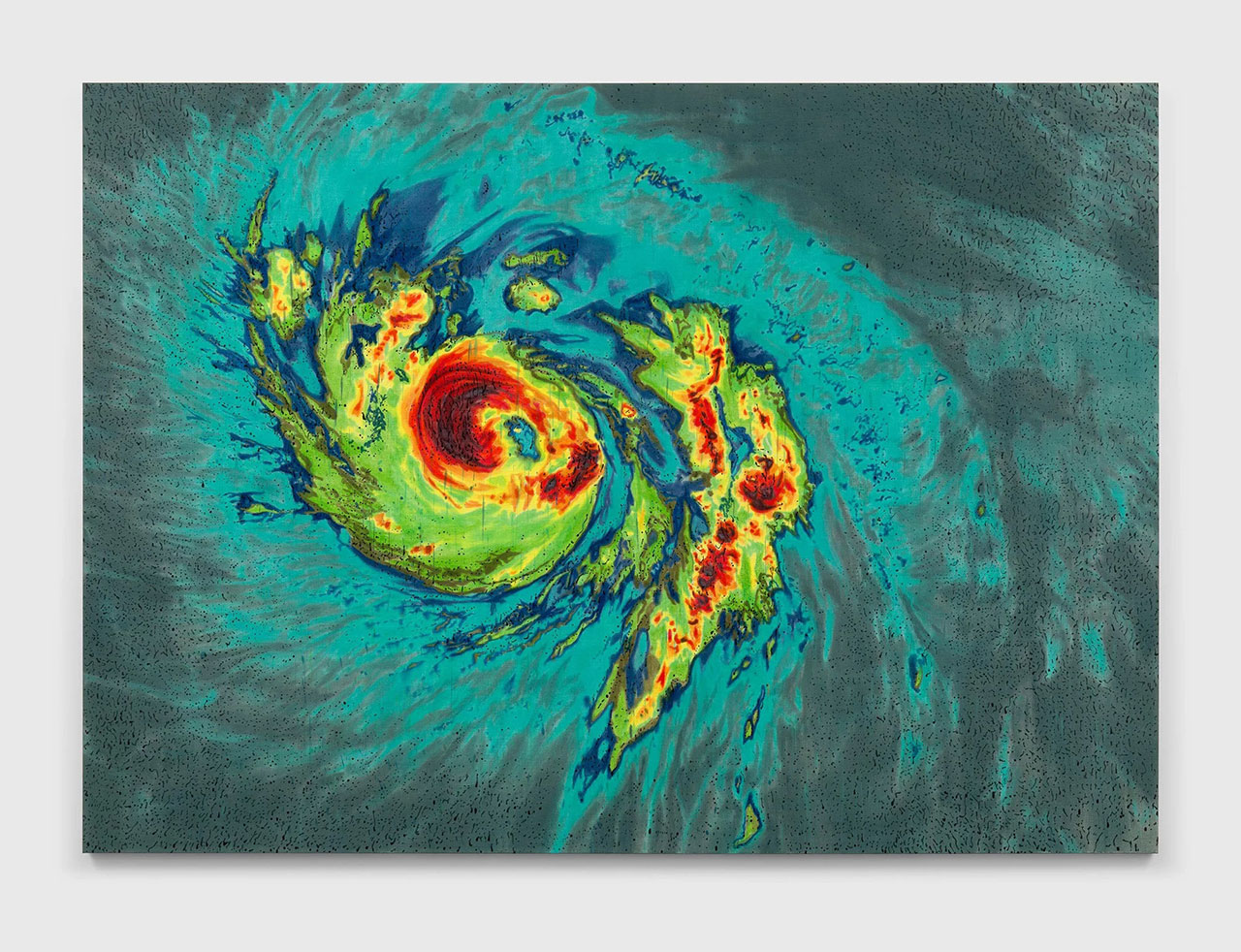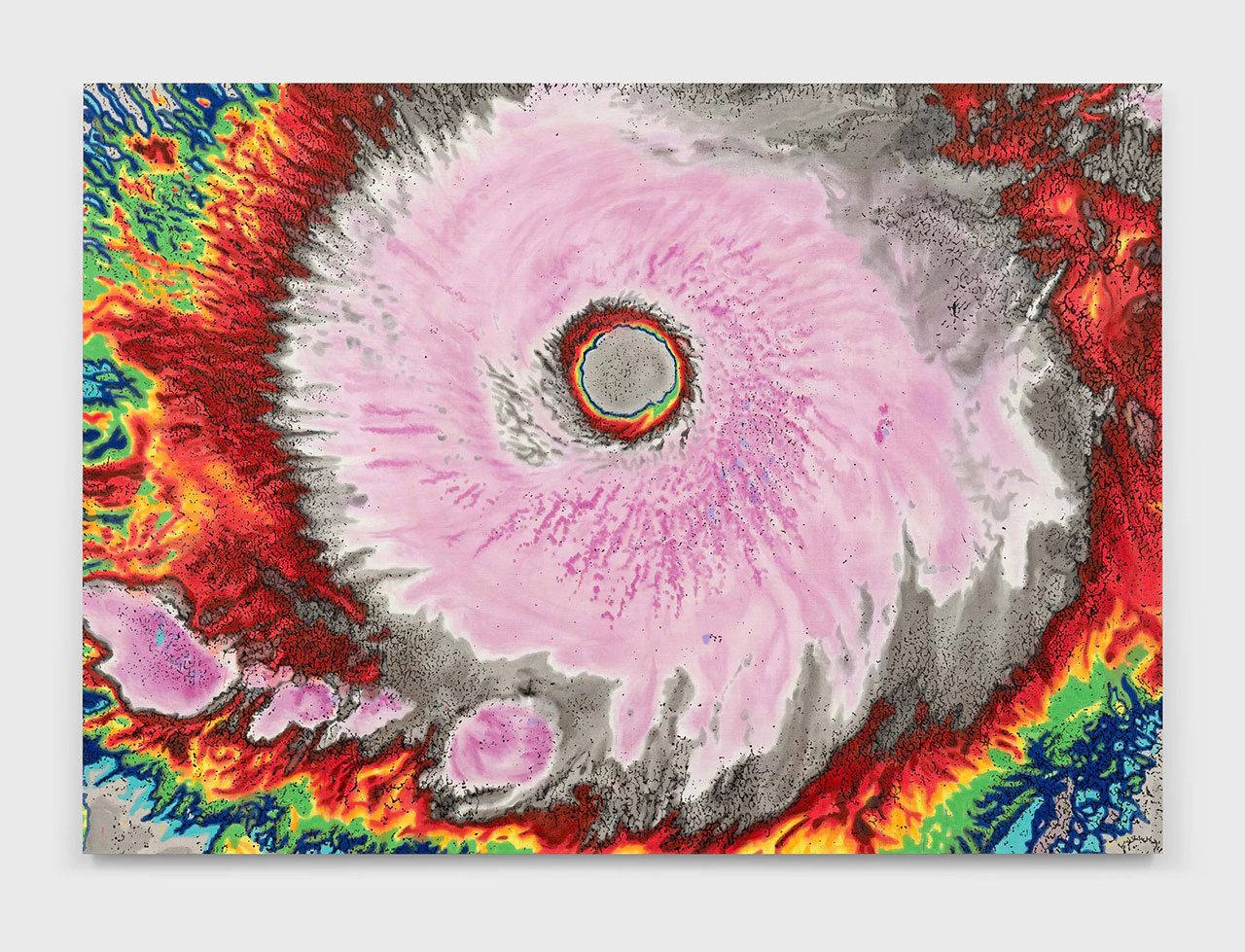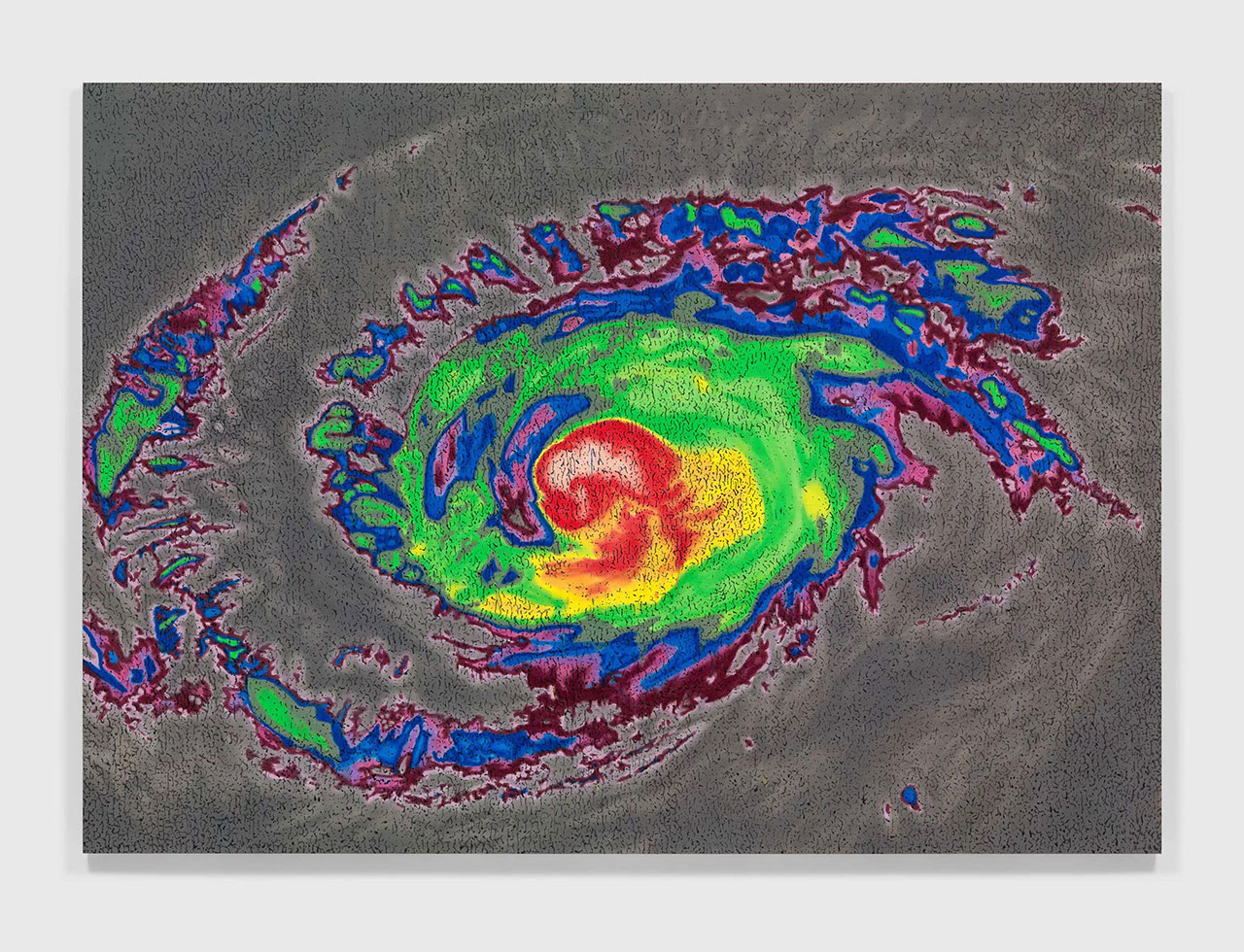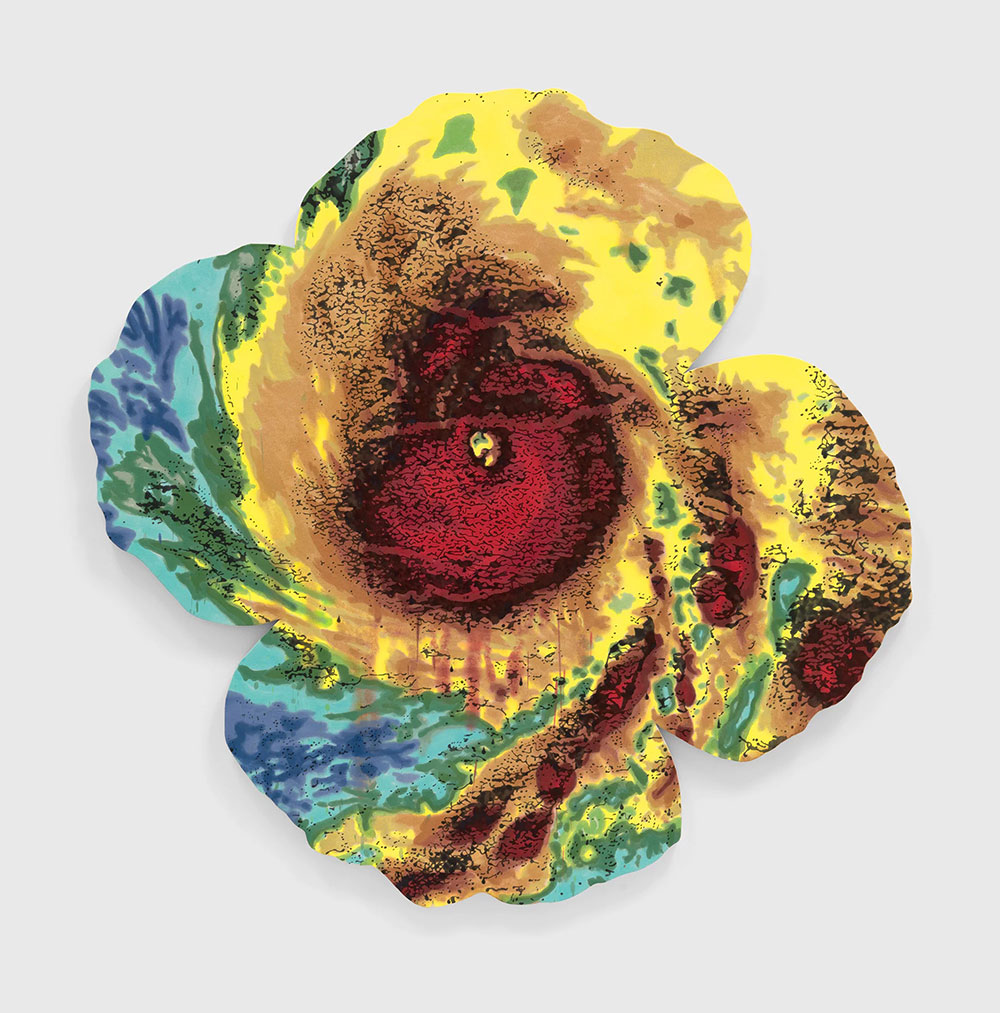ART CITIES:N.York-Nate Lowman
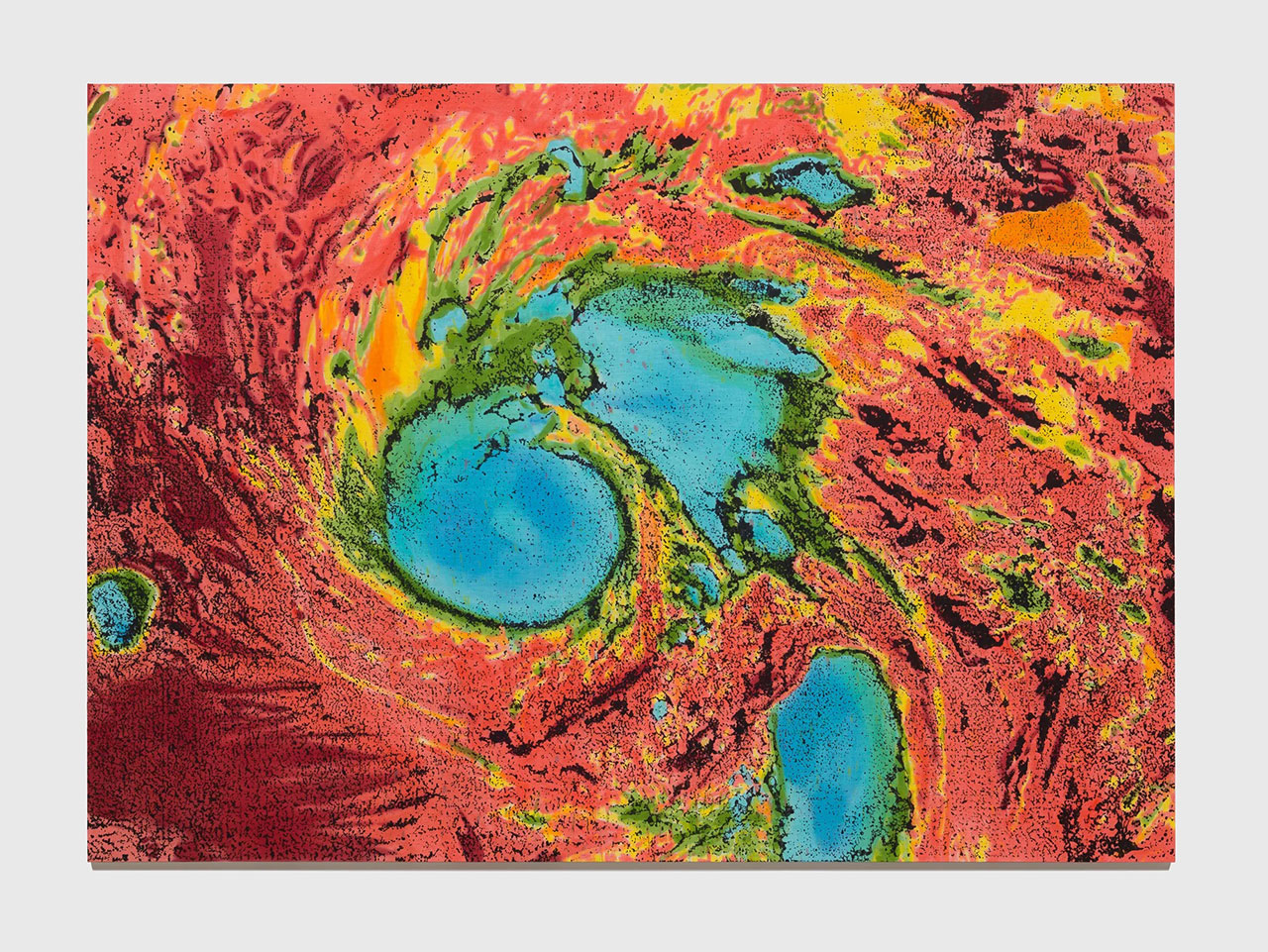 Nate Lowman has become known for deftly mining images culled from art history, the news, and popular media, transforming visual signifiers from these distinct sources into a diverse body of paintings, sculptures, and installations. Since the early 2000s, the artist has continually pushed the boundaries of his multimedia approach with works that are at turns critical, humorous, political, and poetic.
Nate Lowman has become known for deftly mining images culled from art history, the news, and popular media, transforming visual signifiers from these distinct sources into a diverse body of paintings, sculptures, and installations. Since the early 2000s, the artist has continually pushed the boundaries of his multimedia approach with works that are at turns critical, humorous, political, and poetic.
By Dimitris Lempesis
Photo: David Zwirner Gallery Archive
In his work, Nate Lowman stages an encounter with commonplace, universally recognizable motifs, questioning and revisiting their intended meanings while creating new narratives in the process. The exhibition “Let’s Go” features a series of new large-scale, vibrantly saturated paintings that depicts “false color” satellite renderings of hurricanes which have struck the United States in recent decades with increasing frequency and devastation, continuing the artist’s ongoing interest in this imagery. The exhibition’s title suggests at once a warning, a provocation, an enthusiastic cheer from the sidelines, and an unraveling. Likewise, Lowman’s multivalent works complicate registers of representation and meaning, ambiguously hinging at the edge of disaster and the sublime, and abstraction and representation. Lowman examines the painterly possibilities afforded by their rendered, non-referential colors, devised to highlight variations in cloud temperature. Overlaid with black dotted and gestural markings akin to those from a blurred Xerox, the resultant canvases play on the tensions between the technological and the painted image, and representational imagery and pure color. These works engage in a dialogue with art-historical precedents and influences that range from American pop art and appropriation, and the unconstrained abstraction of color field painting, while remaining inextricably linked to a contemporary sociopolitical context. While scientific and technological, these images ultimately function in the public media as abstract, iconographic stand-ins for the violence and devastation they represent; they are universally recognized and understood, despite their formless inaccuracy, as representations of real events. Ranging from Hurricane Andrew, which struck the US in 1992 during the George H. W. Bush presidency, to the more recent Sandy, Florence, Irene, Irma, and Maria, these destructive natural disasters not only highlight the effects of climate change, but also reveal the deeply rooted economic and racial disparities of those affected by their devastation. Lowman’s interest in satellite renderings of hurricanes began in 2011 with a painting depicting Hurricane Katrina, and continued in 2017 with a small group of related canvases. He returned to the imagery in response to the COVID-19 pandemic, which likewise revealed the social and economic inequities of the country and the lack of adequate governmental response. The new paintings in the exhibition present a focused engagement with this iconography and its relevance. Seen together, these works reflect the artist’s fascination with the representation of America and its contradictions and obsessions, offering a complicated image of the nation. Also included is a large-scale painting depicting an image of cars stranded at night in a recent flood in Yonkers, New York, drawn from a spectator’s recording of the event that was circulated in the media.
Nate Lowman was born in 1979 in Las Vegas and received a BS from New York University in 2001. His work employs strategies of collage and appropriation, often incorporating and manipulating contemporary visual elements and artifacts such as graffiti, print media, and bumper stickers. The resulting critique of culture reflects on issues such as the cult of celebrity, material consumption, and violence. Lowman’s paintings often isolate common images from popular or consumer culture. In 2005, he created a number of both handmade and graphic works of bullet holes, rendered in a cartoonish Pop aesthetic, which offered a reflection on gun culture. Other works obsessively elaborate on the “smiley face” symbol, ripping it from various sources across decades and locating it in new contexts, including O. J. Simpson’s signature and the logo for Pringles chips. In doing so, the mutability of the symbol and its potential associations with violence, celebrity, and consumerism are highlighted. Turning his attention to the history of modern art, Lowman created a series of paintings in 2011 that reimagine Willem de Kooning’s “Marilyn Monroe” (1954). Additionally, he has used common brand images, such as pine tree air fresheners in “January Tree” (2013) and the leaf from the Apple logo in “Splatter Apple Leaf” (2014). Lowman has also worked in installation, most notably “Wet Pain” (2008), a collaboration with artist Dan Colen that featured a 1971 white Jaguar that had been effectively trashed and filled with a tangle of wires.
Photo: Nate Lowman, Harvey, 2017, Oil and alkyd on canvas, 90 x 126 inches (228.6 x 320 cm), Signed and dated verso, © Nate Lowman, Courtesy the artist and David Zwirner Gallery
Info: David Zwirner Gallery, 533 West 19th Street, New York, NY, USA, Duration: 10/3-16/4/2022, Days & Hours: Tue-Sat 10:00-18:00, www.davidzwirner.com

